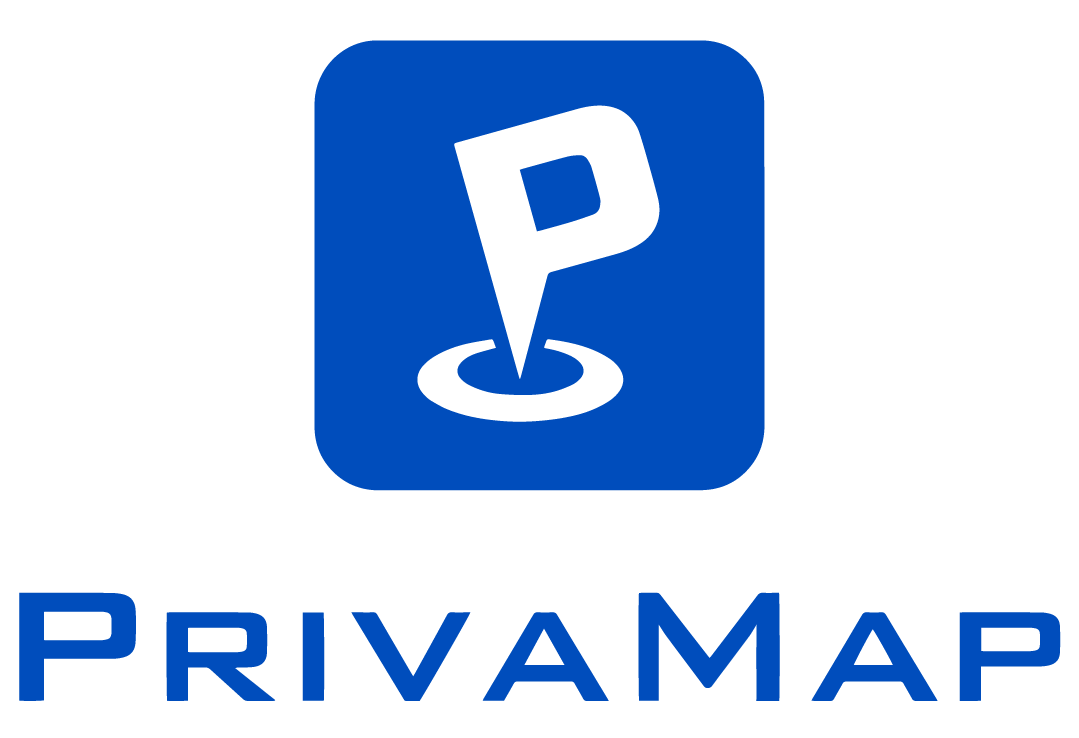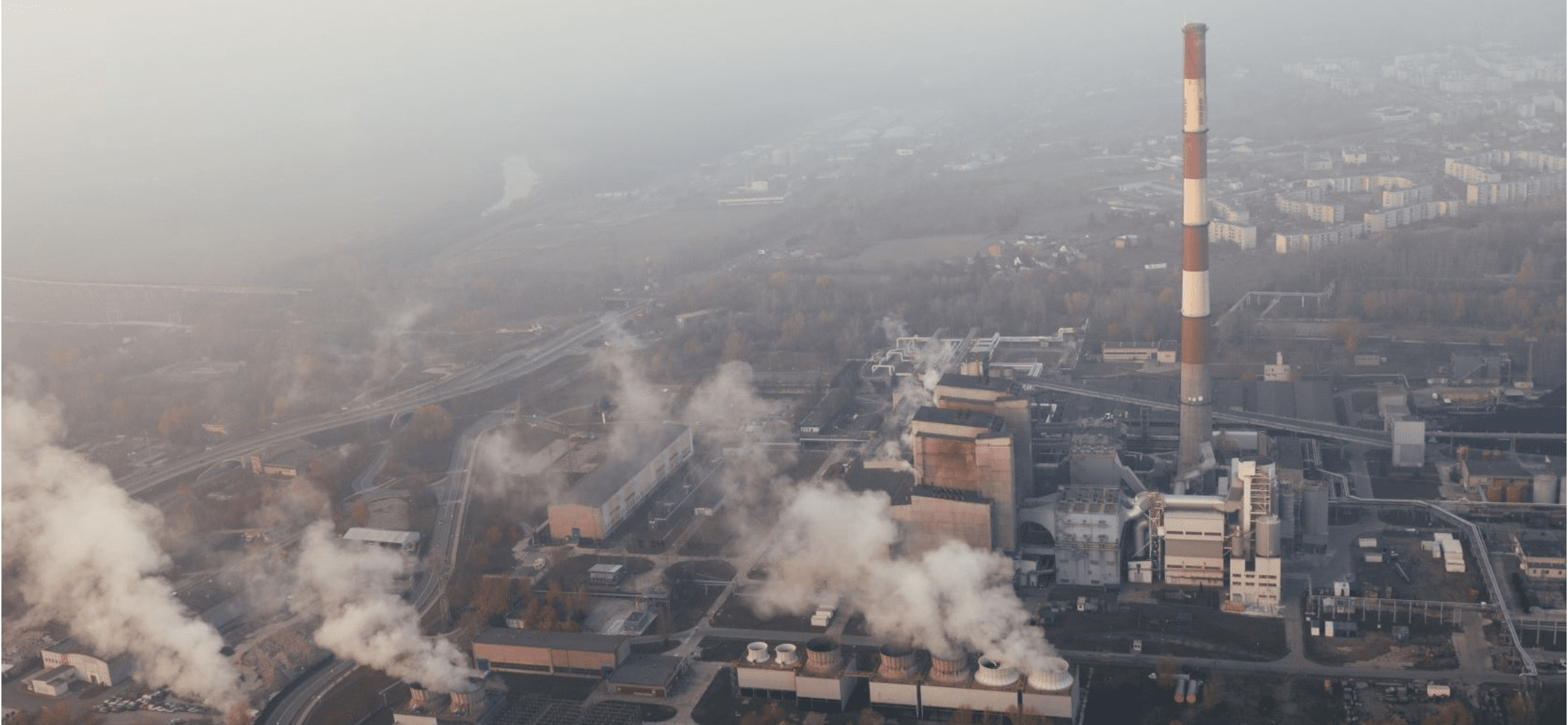What is a « risk » within an industrial site?
Industrial risks can be described as an accidental event that has a probability of occurring on an industrial site and that can lead to repercussions for personnel, local residents or the environment.
Several industrial sectors face daily major risks of handling and storing hazardous materials such as hydrocarbons, flammable products, or fertilizers. The main sectors that require special control are, for example, petrochemicals, mining, food processing, and nuclear.
We can distinguish 2 categories of risks:
- Industrial Risks : major risks induced by the use of hazardous industrial products. In addition to the direct effects, these incidents can also lead to air pollution, water contamination or soil pollution. The effects of an industrial accident can be classified in three categories:
- Thermal effects : combustion or explosion
- Mechanical or suppression : shock wave caused by an explosion
- Toxic effects : inhalation of a toxic chemical substance
- Technological Risks : risks related to human activities within an industrial site.
What are the means of risk management?
As a reminder, each site is obliged to have a risk map detailing all the specific risks of a site and which includes the procedure to follow in case of an incident. If a manufacturer is not up to date with its risk mapping, employees or the competent authorities are able to take legal action against the manufacturer.
Therefore, as soon as an incident is identified on site, the planned action plan must automatically be put in place. When managing an incident, it is recommended to take into account the 7 rules of industrial risk management: establish the context, identify the risk, analyze it, evaluate it, treat it and continue monitoring it.
What are the means of prevention?
Of course, there is no such thing as zero risk, but there is an arsenal of tools that can be used to reduce the probability of an incident occurring, thanks to:
- Prevention through staff accountability
- Regular control by a competent authority
- Regular and compliant maintenance
The European Union also imposes the identification of industrial sites presenting risks (Seveso sites), and to maintain a high level of prevention among the surrounding population by distributing specific information every 5 years concerning the risks and the means of prevention to be adopted.
In addition, the public authorities have the ability to control urbanization around hazardous sites. For example, the DRIRE (Direction Régionale de l’Industrie, de la Recherche et de l’Environnement) is responsible for assessing the risks and ensuring controls around these sites.
Real-time incident reporting with PrivaMap
In addition to guidance, PrivaMap integrates in its web application the functionality of real-time incident reporting on private sites.
As soon as a user of the PrivaMap solution is a victim or a witness of an incident, he can report it in two clicks on the web application. The type of alert as well as the user’s position are reported in real time to the site’s security.
Drivers, service providers and employees can easily report any type of incident on site.
Find out more about PrivaMap and road transport issues by clicking here!


